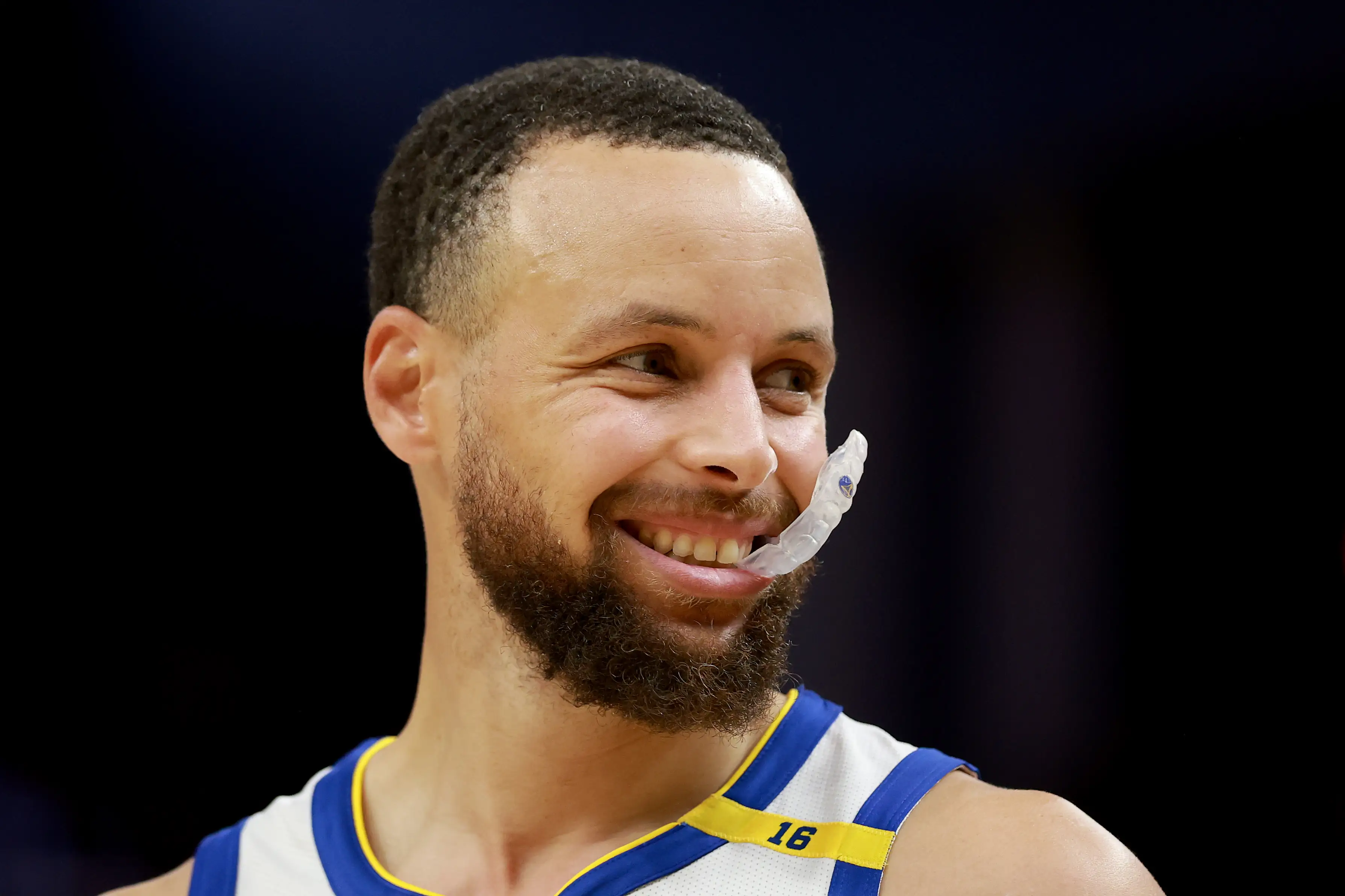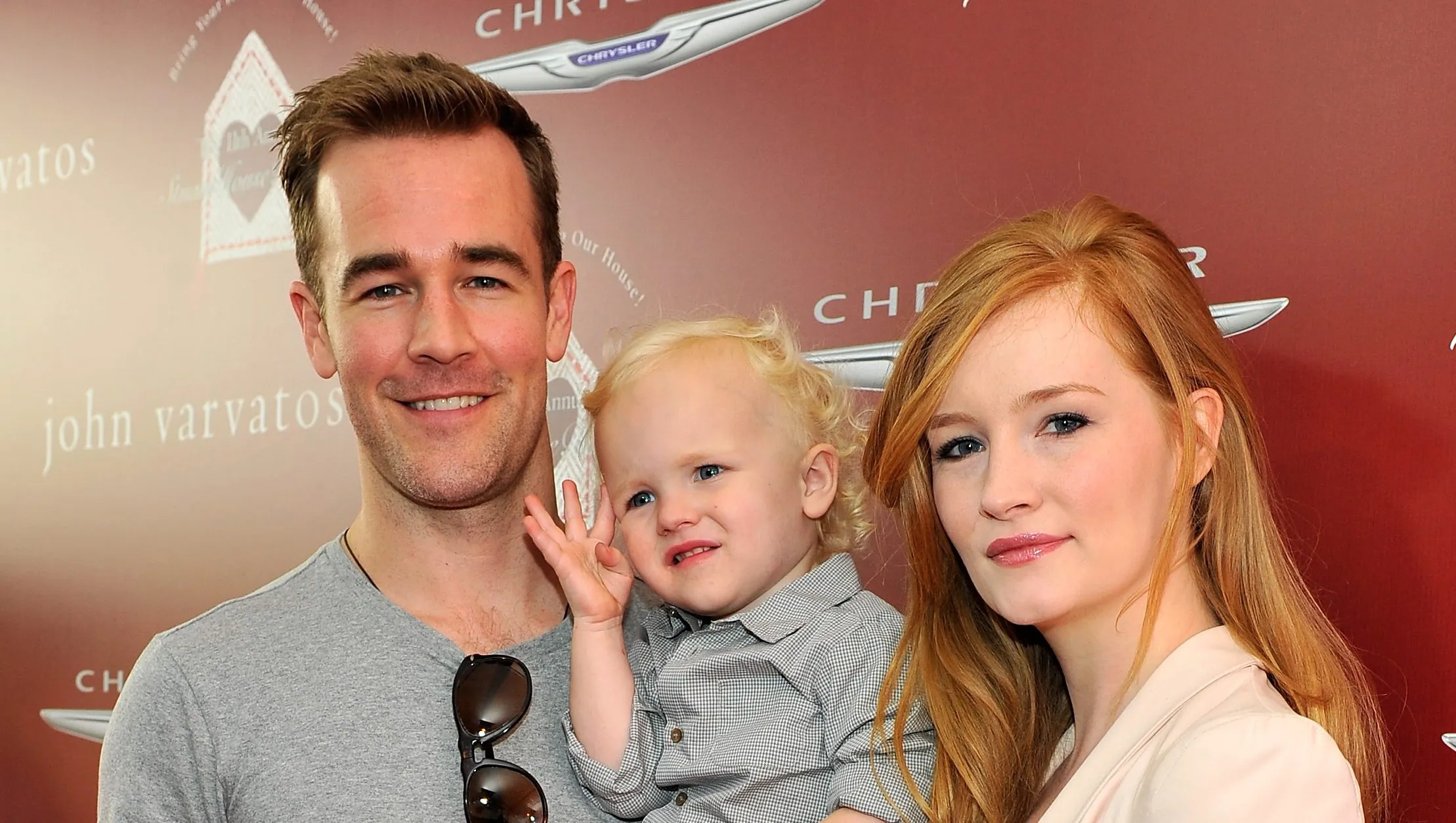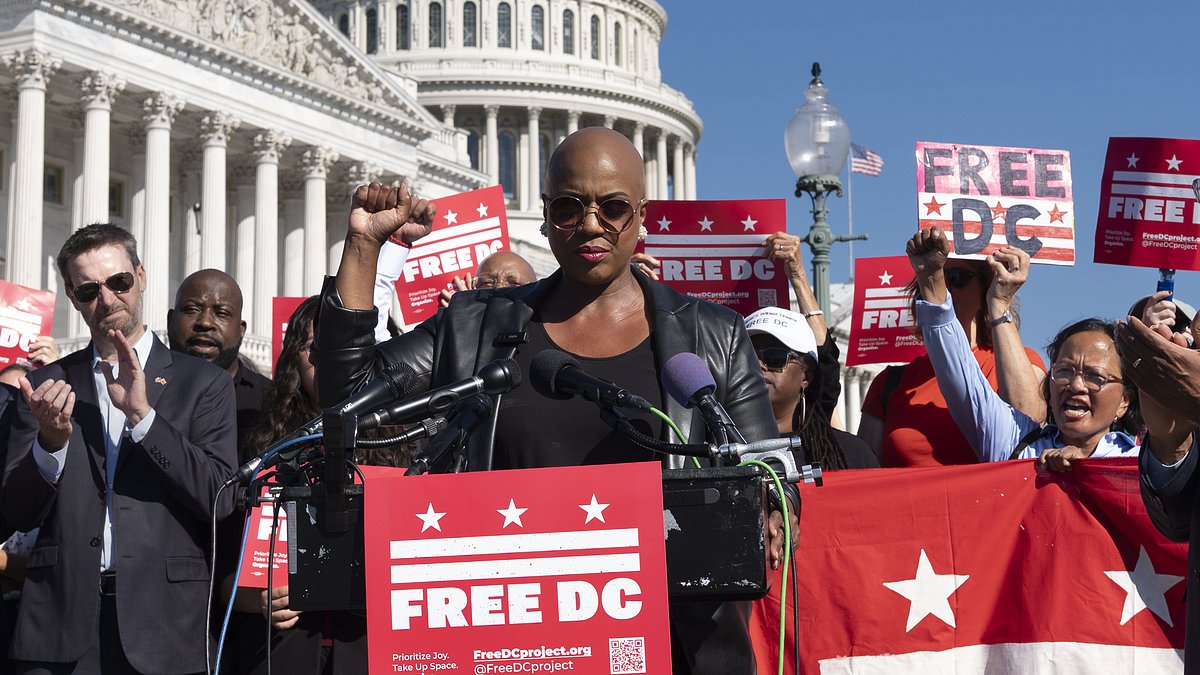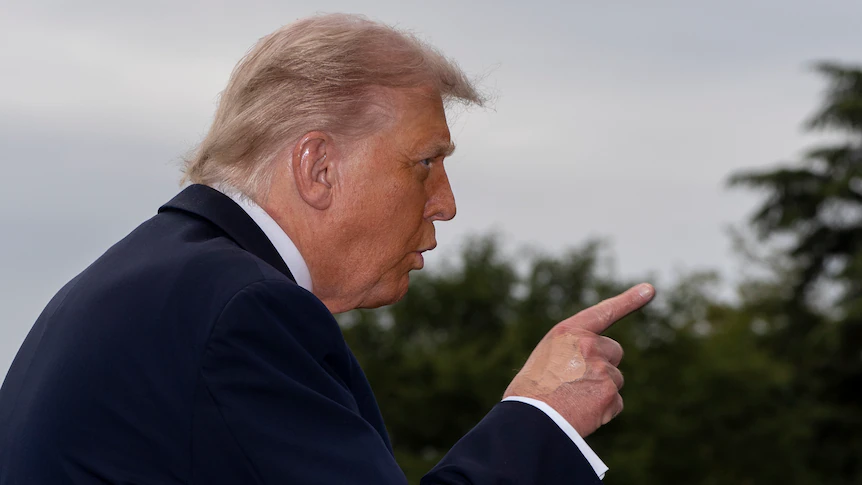
In the aftermath of the Kawhi Leonard/L.A. Clippers/Aspiration controversy – one that continues to this day, and which will linger over the NBA for a good while longer yet – the conversation about how much NBA superstars get paid in addition to their playing salaries. And in the case of the player who has been arguably the face of the NBA for the past decade – Stephen Curry of the Golden State Warriors – the fees he has been able to command have been exorbitant.
Curry was at one point a brand ambassador for FTX, the now-collapsed crypto exchange that rose to become a market leader trading several billion dollars worth of perceived assets in the frenzy of digital coins before falling in a spectacular scandal. In its brief golden era, FTX sought credibility through celebrity, featuring names like Tom Brady, Larry David and Curry, to go along with briefly becoming the name sponsor of the Miami Heat arena.
Those arena naming rights cost FTX $135 million over 19 years. But for Curry, it cost $35 million – for just 60 hours of work.
The Power Of Curry’s Brand
Curry was not asked to endorse a product in the traditional sense. Instead, his contract called for him to lend his image and reputation to a company that billed itself as the future of finance. The actual workload involved was minimal – appear in a few campaigns, post a video or two, shake some hands. By his estimate, according to a report by the San Francisco Gate, Curry spent about 60 hours on the project, all told. Only.
Brady and Curry’s connection to all of this is that they were each hired to star in commercials, and serve as spokespeople, for Bankman-Fried’s now-defunct exchange. Lewis said he got a look at internal FTX documents during his time shadowing Bankman-Fried that showed how much the two celebrity endorsers received.
“He paid Tom Brady $55 million for 20 hours a year for three years,” Lewis said. “He paid Steph Curry $35 million for [the] same thing for three years.”
The payday for that name recognition was anything but minimal. Curry received $35 million in compensation, a staggering figure that, broken down, comes out to more than half a million dollars per hour.
For context, his NBA salary – which will pay him $59,606,817 next season, the largest contract in the league – works out to roughly $26,468 per minute of game time, were he to play the same 2,252 regular season minutes that he did last season. That is $1,588,103 per hour of game time, versus $583,333 for the FTX endorsement. One requires a lot more prep than the other.
FTX’s Collapse Sullied The Situation
To be clear, the fact that FTX’s founder Sam Bankman-Fried was incarcerated for his handling of the business does not tar anyone to have received an FTX endorsement with the same brush. Curry got paid a lot of money to do a job, and by all accounts, he did it. He is one of the most marketable athletes in the world, who commanded an enormous fee accordingly. The situation is not comparable to that of Leonard and the Clippers, who are currently having to answer the question of what exactly Leonard was being paid for if it was not to do any work.
When FTX imploded in 2022, leaving billions in customer funds evaporated and Bankman-Fried facing criminal conviction, the glow of those celebrity deals dimmed. Lawsuits followed, dragging Curry and other endorsers into legal crosshairs, with allegations claiming that by attaching their names to the company, the endorsees had misled everyday investors. For Curry, who had carefully cultivated a clean image of humility and approachability across his NBA career, the association will have been uncomfortable in the long term.
Nevertheless, Curry’s FTX contract does demonstrate the massive amounts of money on the table outside of their playing contract for those at the very apex of the NBA. Where rich people have a mutual interest – including those whose riches were unjust, such as Bankman-Fried – then money will change hands. Personally, I would have done it for just $30 million. But the phone never rang.



